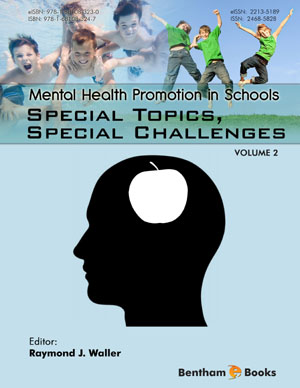Abstract
Chapter Four stresses the importance of human connection and what it feels
like to receive empathic care. The Chapter begins with a personal story of how an
ordinary woman made a positive difference in the lives of others. Caring traits that
foster connection are explored, including practices that enhance the relationship
between physician and patient. Offering empathy requires that a health professional
resist the temptation to give advice, not assume that they understand, or try to rescue.
They must also become aware of how another person’s suffering affects them and their
responses. We learn that vulnerability is strength. Three narratives are presented and
analyzed. In the first case, we hear what a counsellor did to show empathy in the midst
of unbearable grief. In the second story, a doctor makes the time to listen to a patient
when she so desperately needs to be heard. In the third story, we get a glimpse of how
human connection was made possible when a dying hospitalized patient was alone and
isolated because of the COVID-19 pandemic. In the Case in Point, a hopeless young
student shares how an empathetic nurse helped her choose life. In the section on
something to ponder, the significance of being genuine and using silence is
emphasized. A learning exercise is suggested at the end of the Chapter to discern
between words and actions that demonstrate empathy and ones that do not.
Keywords: Active listening, Caring, COVID-19, Empathy, Human connection, Human touch, Listening, Mindfulness, Narratives, Pandemic, Patience, Personal protective equipment (PPE), Professional boundaries, Reliability, Respect, Silence, Supportiveness, Story, Vulnerability, Warmth, Enuineness.












